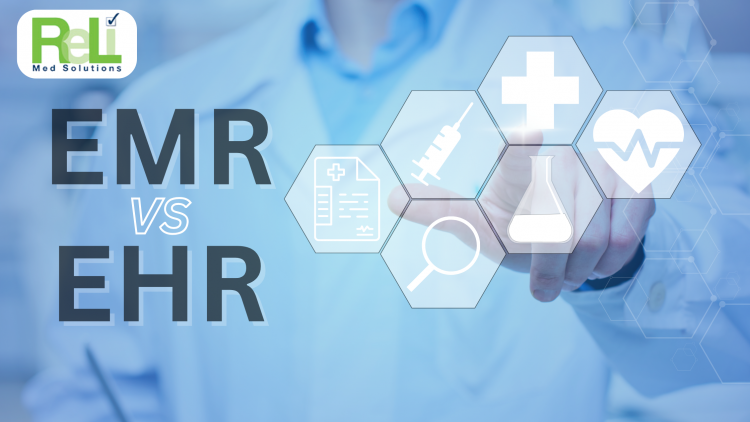EMR vs EHR – What is the Difference? Exploring Advanced EMR Software Features for Modern Healthcare
In today’s healthcare world, EMR and EHR are two key digital tools transforming patient care. EMR software features refer to a digital version of a patient’s medical chart, while EHR (Electronic Health Records) goes beyond that by enabling sharing across multiple healthcare providers. These terms often get confused, but each serves a unique role in modern medical practices.
What are EMR software features?
EMR, or Electronic Medical Records, refers to the digital systems that help healthcare providers manage patient information within their practice. Doctors and clinics use EMR to record patient histories, medications, treatment plans, and lab results. However, EMRs remain confined to the specific healthcare provider who created them, making them ideal for internal use.
EMR vs EHR: Enhancing Healthcare Data Sharing
While EMR focuses on internal data management, EHR offers broader capabilities by allowing cross-provider collaboration. EHR systems enable healthcare providers to share patient data, creating a more comprehensive view of patient health. This difference makes EHR systems essential in ensuring continuity of care across various healthcare settings.
For instance, if a patient visits a specialist or gets admitted to a hospital, the EHR provides a complete medical history, including details stored in the EMR. This reduces errors and ensures that doctors make informed decisions, benefiting both patient care and RCM.
Unlike EMR, EHR uses advanced standards like FHIR (Fast Healthcare Interoperability Resources) to enable secure and efficient data sharing between providers.
AI and Automation Transform Healthcare Through EMR
Today’s EMR software features have evolved to meet the demands of modern healthcare. Some of the latest advancements include AI-driven insights, which help doctors predict patient needs and offer personalized treatment plans. Automated workflows further enhance clinical efficiency by managing tasks like medication refills, scheduling, and data entry.
Another exciting feature is secure data sharing, allowing healthcare providers to share Medical Records securely while maintaining patient confidentiality. Integration with Medical Billing Services and RCM has also become a game-changer, reducing billing errors and speeding up the claims process.
With the rise of telemedicine and mobile health apps, EMR systems now integrate with these technologies, providing patients with better access to their health data. This makes healthcare more patient-centric and efficient.
Why Modern Healthcare Needs Both EMR and EHR?
To provide optimal care, modern healthcare relies on a combination of both EMR and EHR systems. EMR serves the internal needs of healthcare providers, while EHR enhances communication and collaboration across different practices.
For example, a doctor might use EMR for day-to-day treatment, but if the patient needs to see a specialist, the EHR ensures seamless data sharing. This collaboration not only improves patient care but also streamlines RCM processes by providing a more detailed view of patient data.
The future of healthcare lies in the integration of both EMR and EHR systems, ensuring that patients receive the best possible care, no matter where they are.
ReLi Med Solutions
The primary difference between EMR and EHR is their scope and usage. EMR focuses on maintaining patient data within a single practice, while EHR allows for collaboration across multiple healthcare providers. Both systems are essential for improving patient care, operational efficiency, and Revenue Cycle Management.
If you are looking to enhance your healthcare practice, ReLi Med Solutions offers advanced EMR and EHR systems tailored to the needs of modern healthcare. With a deep understanding of Medical Records, Medical Billing Services, and RCM, ReLi Med Solutions ensures that healthcare providers can transition smoothly to digital systems. Their expertise, combined with cutting-edge EMR software features, will help you streamline operations and deliver better patient care.

